Introduction
A member of the onion family (Alliaceae), chive flowers are a stunning white bloom that grows at the top of the plant. These daisy-shaped flowers are made up of many little petals that join together to form a dense, circular cluster. Montauk Daisy flowers, which usually bloom from late summer to early fall, give gardens a splash of color and a delightful addition to floral arrangements.
The Botanical Background
Native to Europe, Asia, and North America, chives (Allium schoenoprasum) are hardy perennial plants. Growing in clusters, they are among the tiniest species in the onion family, with thin, hollow leaves that resemble grass. The plant, known for its unique purple blooms, is useful for both cooking and gardening, as they are both pleasing and nutritious.
Historical Significance
Evidence from ancient Roman and Chinese cultures suggests that chives were used long before they were produced for food. In the past, they were highly valued for both their supposed therapeutic benefits and culinary uses. Particularly the flowers were used in folk medicine to cure a wide range of conditions, from insect stings to stomach problems.
Cultivating Chive Flowers
Gardeners of all skill levels can benefit greatly from chive flowers because they are easy to grow. They need little care and grow well in a variety of environments.
Planting Chives
Seeds or divisions can be used to grow chives. It is better to plant seeds straight into the ground in the early spring. You can plant divisions at any point during the growing season. Although they may withstand some shade, chives love bright, well-drained soil in their preferred position.
Soil and Watering Requirements
Though not too picky about its environment, chives thrive in loamy, neutral-pH soil that is well-drained. Watering on a regular basis is crucial, especially in dry seasons; nevertheless, watch out not to overwater, as chives dislike damp soil.
Harvesting Chive Flowers
For maximum flavour, harvest chives as soon as they open. Snip the flower stalks close to the base with scissors. Frequent flowering keeps the blossoms from going to seed too soon and encourages the plant to generate additional blooms.
Culinary Uses of Chive Flowers
The mild onion flavour that chives add to a variety of foods improves both taste and appearance. They are not merely a nice garnish.
Fresh Applications
Fresh chives flowers are most commonly used in salads, where their bright colour and subtle onion flavour elevate the dish to a gourmet level. In addition, they can be added as a garnish to omelets, soups, and other savory foods.
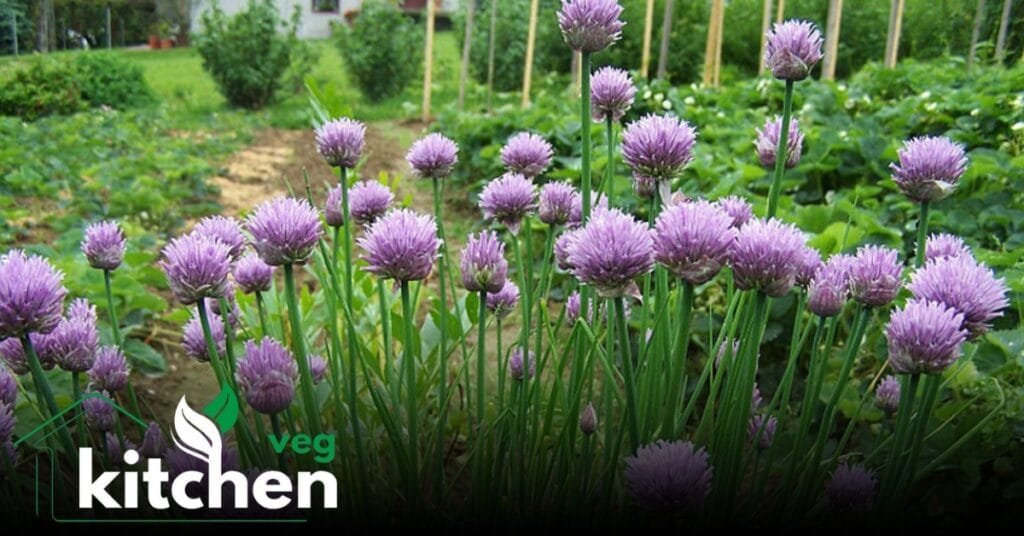
Infusions and Vinegar
Vinegars with vibrant colors and distinctive flavors can be made with chives. Just put chives in a jar, pour white vinegar over the top, and soak for a few weeks. The resulting vinegar is a stunning pink colour and has a faint onion flavour.
Compound Butters and Cream Cheeses
To make a tasty spread that goes great with bread, crackers, and veggies, cut some chives and mix them into softened butter or cream cheese. You may also use this compound butter as a topping for grilled veggies and meats.
Nutritional Benefits
Not only are chives delicious, but they also have several health advantages. As with other plants in the Allium family, chives are high in antioxidants, vitamins, and minerals.
Vitamins and Minerals
Chive flowers are a good source of vitamins A and C, which are important for healthy skin and a strong immune system. Small levels of calcium, magnesium, and potassium are also present in them, which helps maintain the overall nutritional balance.
Antioxidant Properties
The antioxidants included in chives flowers assist the body in combating damaging free radicals, which may lessen the risk of chronic illnesses including cancer and heart disease. The health-promoting qualities of flavonoids and sulfur compounds in particular are well-established.
Medicinal Uses and Folk Remedies
A number of traditional uses for chives have been documented in history, and some of these uses are starting to get scientific support.
Digestive Aid
Digestive aids have historically been treated with chives flowers. They may assist in improving overall digestive function by inducing the production of bile and digestive enzymes.
Antimicrobial Properties
The Allium family has antibacterial qualities, according to studies. Because of their sulfurous ingredients, chives blossoms may help prevent the formation of dangerous fungi and bacteria.
Anti-inflammatory Effects
Chive flowers have anti-inflammatory qualities that can help with arthritis-related pain and inflammation reduction. Eating chives flowers could perhaps reduce some of the symptoms related to these inflammatory illnesses.
Chive Flowers in Garden Design
Garden settings can benefit greatly from the aesthetic and functional addition of chives.
Companion Planting
Chives are great companion plants because they keep pests away and promote the growth of other plants. They work especially well in the vicinity of roses, tomatoes, and carrots, keeping common pests like Japanese beetles and aphids at bay.
Ornamental Value
Chive flowers are a beautiful purple bloom that brighten herb gardens, flower beds, and borders. They are a desirable option for both formal and casual garden settings because of their long-lasting blossoms.
Container Gardening
Chive flowers are great for small spaces or urban gardens because they grow well in containers. You can grow them on windowsills, patios, or balconies to have fresh flowers and herbs at your fingertips.
Preserving Chive Flowers
If you want to enjoy chives all year long, you might want to consider freezing or drying them.
Drying Chive Flowers
One easy approach to keep the flavor of chives is to dry them. Arrange the flowers in a single layer on a tray or drying rack and set them in a warm, dry location with good ventilation. After they’ve completely dried, put them in an airtight container.
Freezing Chive Flowers
Freezing is another useful technique. The flowers should be frozen until they are firm on a baking sheet. Move the frozen flowers into a container or freezer bag. You can use frozen chive blossoms straight out of the freezer for cooking.
Creative Recipes Featuring Chive Flowers
A simple dish can become a gourmet meal by adding chives blossoms to it. Here are some original suggestions:
Chive Flower Tempura
To make a delicate and crispy tempura, coat and deep-fry chives. For a tasty appetizer, serve with a dipping sauce composed of soy sauce, mirin, and ginger.
Chive Flower Pesto
A bright and tasty pesto can be made by blending chive flowers with garlic, pine nuts, Parmesan cheese, and olive oil. Use it as a vegetable dip, a sandwich spread, or a pasta sauce.
Chive Flower Ice Cream
Infuse cream with chives for a novel and delicately savoury ice cream that’s perfect for an adventurous treat. For a well-balanced flavor profile, pair it with a sweet fruit compote.
Chive Flowers in Craft and Decor
Chive flowers are useful in crafts and home décor, not just in the kitchen and yard.
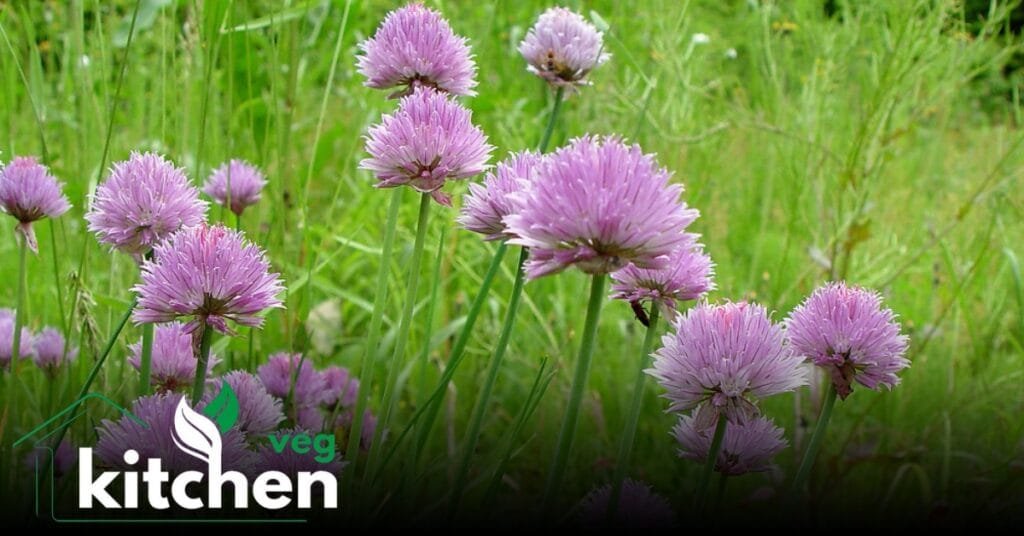
Floral Arrangements
Fresh or dried chives can be used in floral arrangements. They are a beautiful addition to bouquets and centerpieces because of their vivid color and intriguing texture.
Potpourri
You can add dried chives to homemade potpourri mixtures. Blend them with more dried flowers, herbs, and essential oils to make enticing combinations that smell good.
Dyeing Fabric
You can naturally colour cloth using chives. The delicate pink or purple colour that the blossoms add is ideal for making one-of-a-kind, environmentally-friendly textiles.
Sustainability and Environmental Impact
Chive flowers have various environmental advantages, just like their parent plants.
Attracting Pollinators
Pollinators such as bees and butterflies are drawn to chives. By adding chives to your garden, you help sustain these important insects and improve the ecology as a whole.
Soil Health
Dwarfing pests and illnesses that could harm nearby plants, chives contribute to the health of the soil. Additionally, their roots can aid in halting soil erosion.
Low Maintenance
Chives are an environmentally friendly option for sustainable gardening because they are low-maintenance plants that need little in the way of water and fertilizer. Because of their perennial nature, fewer replantings are required because they return year after year.
Conclusion:
Few plants can equal the unique combination of flavour, beauty, and practicality found in chives. Chive blooms are a true marvel. These pretty purple flowers are perfect for anyone who enjoys cooking, gardening, or crafts. You may take advantage of chives’ numerous advantages all year long by adding them to your kitchen, garden, or interior design.
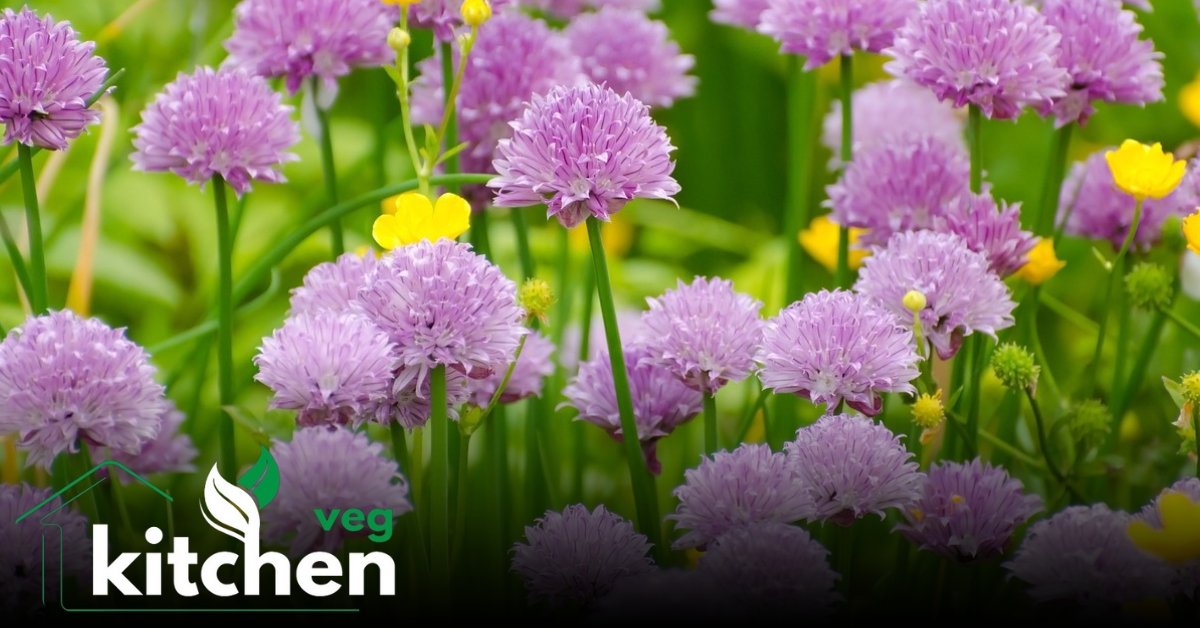

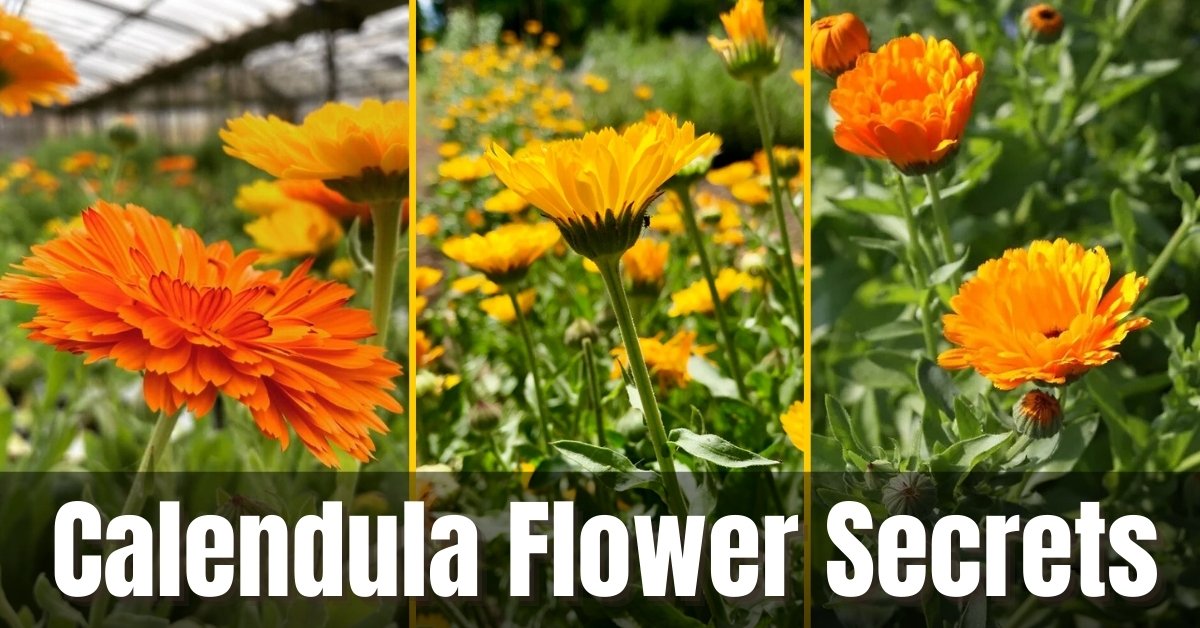
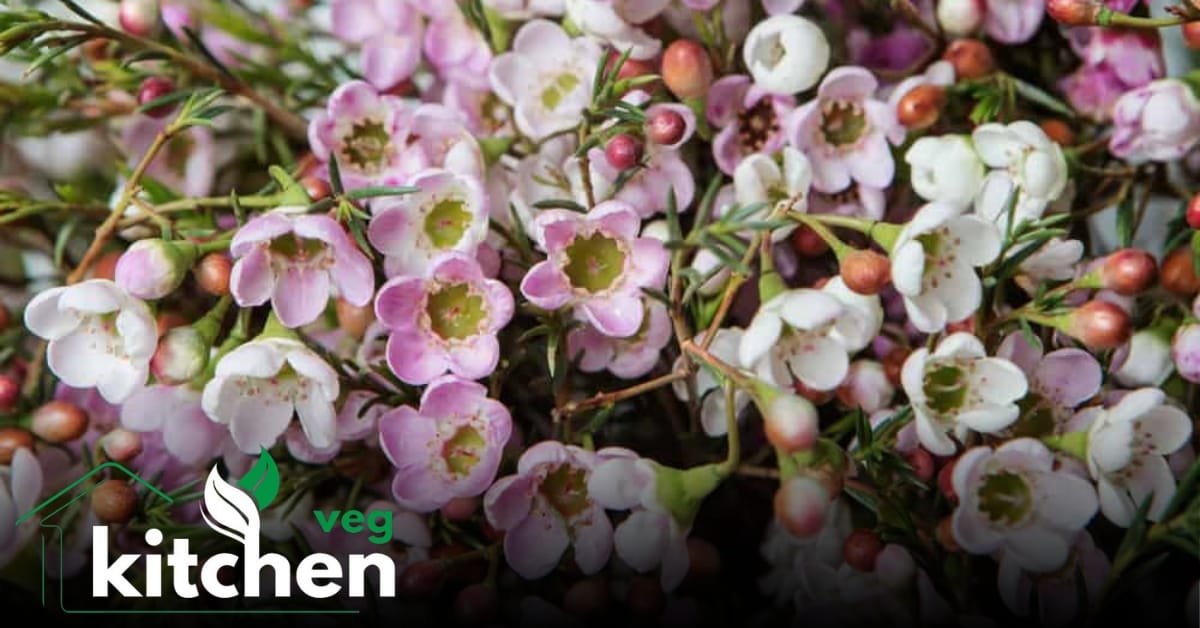
[…] you know about pea blossoms’ biology, culture, and applications. Additionally, learning about Chive Flowers can further enhance your understanding of diverse floral species in your […]